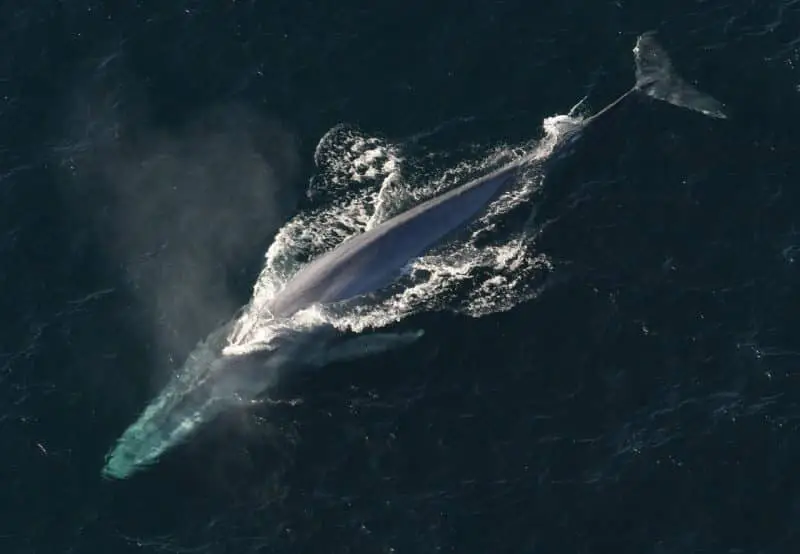Have you ever wondered who the loudest creature on Earth is? If that’s the case, then it’s the perfect opportunity to encounter the magnificent blue whale. This extraordinary marine creature calls our oceans home and never fails to leave us in awe with its immense proportions.
Believe it or not, its powerful call can reach up to 188 db and be heard across hundreds of miles! Being able to experience these creatures in real life will give you a greater appreciation for their amazing abilities. So dive right in as we Get Acquainted with the Loudest Animal on Earth: The Blue Whale!
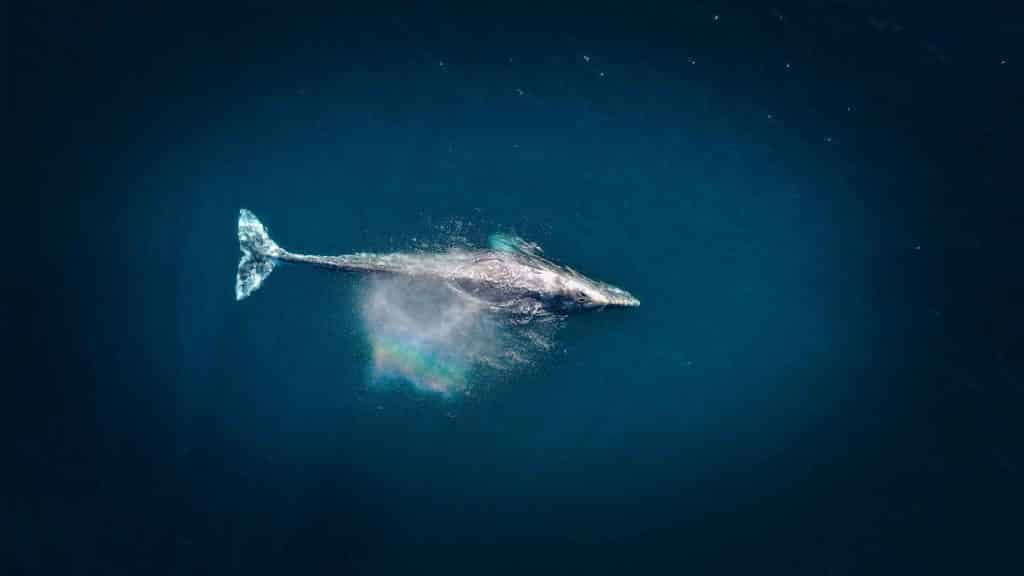
Key Points
| Key Points |
|---|
| The blue whale, the largest animal on Earth, is also one of the loudest creatures, with calls reaching up to 188 dB across hundreds of miles. |
| The physical characteristics of the blue whale are astounding, including its length of up to 100 feet and weight of 200 tons. |
| Blue whales have a unique habitat and behavior, migrating long distances and deep diving for food like krill and plankton. |
| Blue whales play a crucial role in the Earth’s ecosystem by regulating the population levels of krill and acting as carbon sinks when they die. |
| Human interactions threaten blue whale populations, emphasizing the need for proactive measures and conservation efforts to protect them. |
Want to jump ahead? Click below
The Basics Of the Blue Whale – An Overview
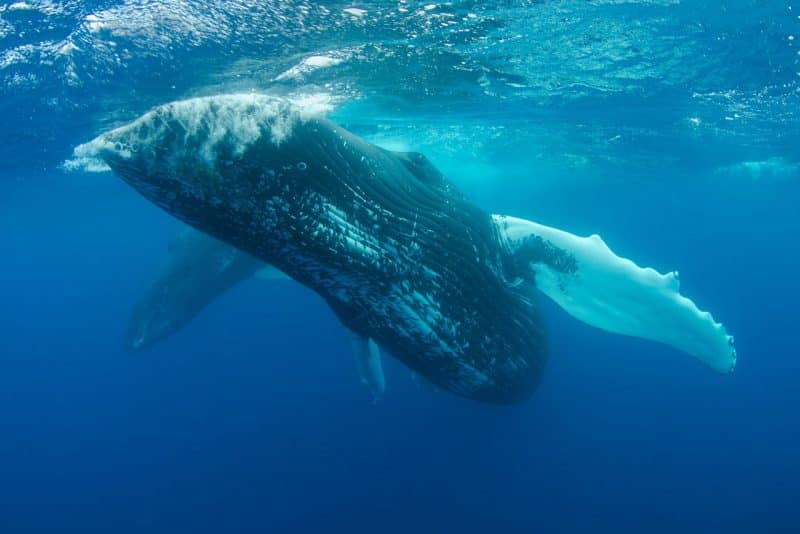
The Blue Whale is a fascinating creature that inhabits the open ocean and is famously known as the largest animal on Earth. These awe-inspiring marine creatures can reach lengths of up to 100 feet and weigh an astounding 200 tons. Their diet primarily consists of krill, which they filter feed using their baleen plates.
Blue Whales can be found in every ocean on our planet and play a critical role in our marine ecosystem. Despite their size, these gentle giants are surprisingly agile in the water.
However, sadly, they have come close to extinction due to commercial whaling and increased noise pollution. By learning about the basics of the Blue Whale, we can appreciate the incredible animal it is and take action to preserve its population.
Exploring Their Physical Characteristics In Detail: Blue Whale
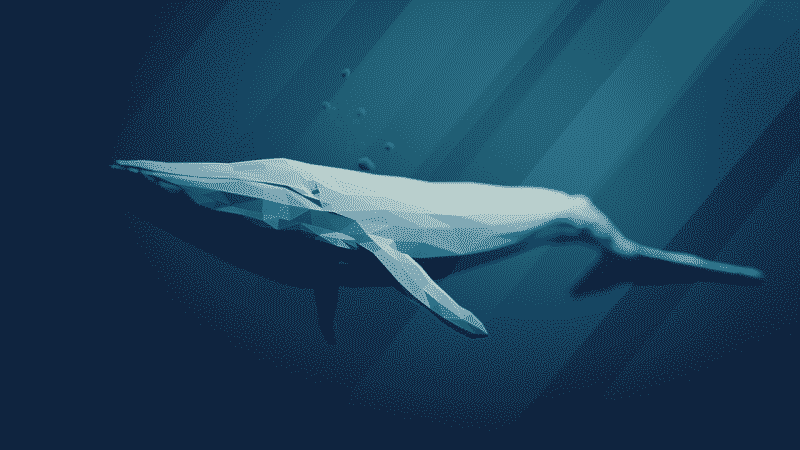
As the largest mammal in the world, the blue whale is a wonder of nature that captivates scientists and nature enthusiasts alike. Let’s delve deeper into the physical characteristics of these majestic creatures and explore the unique features that make them stand out.
Size And Weight
The size and weight of the blue whale are the most distinguishing characteristics of this amazing animal. They can grow up to a whopping 100 feet long, around the length of three buses. The incredible size of a blue whale can reach an astonishing 200 tons, which is equivalent to the combined weight of 33 elephants! Truly grasping the immense magnitude of these magnificent beings is a challenge that can only be overcome by witnessing them firsthand.
Color
Despite its name, the blue whale is not entirely blue. Their skin color is a mottled blue-gray with light gray spots. The underside of the whale’s belly is often yellowish-gray. The coloration is helpful to them while hunting prey since it helps camouflage them from their prey and predators.
Head And Mouth
The blue whale has a uniquely shaped head that is easily identifiable. They have a large, broad head that takes up nearly 25% of their body length. Their head is also flat, ideal for hunting krill, their primary prey since it helps them create suction that allows them to simultaneously swallow large quantities of krill. The mouth of the blue whale is cavernous and can hold up to 100 tons of water and prey in a single gulp.
Flippers And Tail
The blue whale has broad, paddle-like flippers that are around a third of the size of the whale’s body length. These flippers also have small bumps known as tubercles, which help the whale swim more efficiently. The tail of a blue whale is up to nine feet wide, and the largest muscle in the animal kingdom powers it!
Blubber
Blue whales have a thick layer of blubber that serves many functions. It helps insulate them from the cold ocean water, provide buoyancy, and store energy when food is scarce. The blubber can be as thick as 19 inches in some areas and account for up to 50% of the whale’s total body weight.
Check out 10 Facts about Blue Whale – The Largest Animal on Earth.
Discovering Their Unique Habitat And Behavior
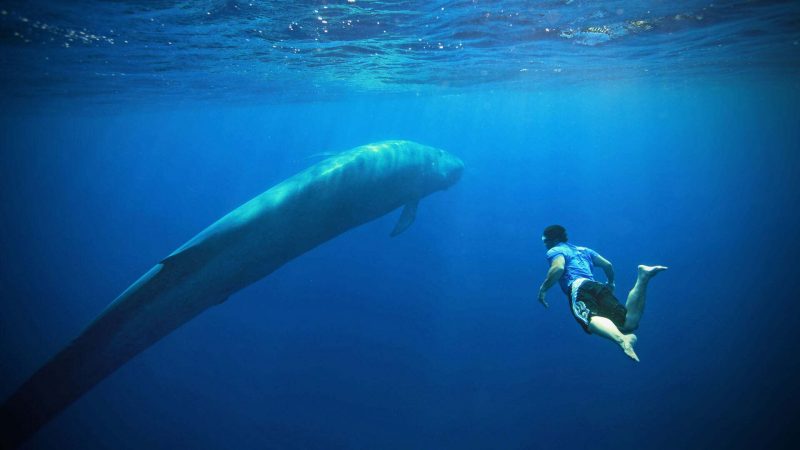
The blue whale, known for being the largest animal on Earth, has a unique habitat and behavior that sets it apart from other species. These magnificent creatures can commonly be spotted in oceans across the globe, excluding the Arctic regions. Blue whales migrate long distances seasonally, following prey like krill and plankton. During the summer, they can be found in polar areas, while in winter, they prefer to migrate to warmer waters.
Blue whales are also known for their deep diving abilities, reaching up to 500 meters. They typically dive for around 10 minutes when foraging for food. They have a unique way of hunting, opening their mouths while swimming and engulfing a large volume of water, trapping prey in their baleen plates, and then expelling the water. It enables them to effectively separate the krill and plankton, which serve as their primary food source.
Understanding The Blue Whale’s Role In Nature
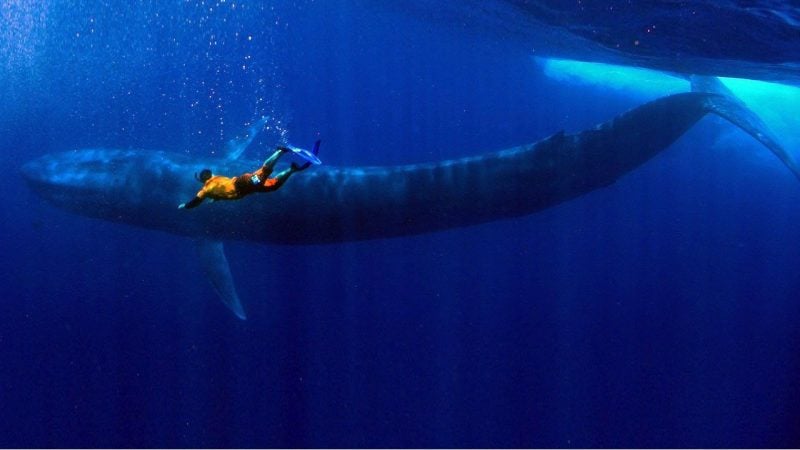
The blue whale is integral to the Earth’s ecosystem. They play a crucial role in the food chain, largely due to their enormous size and need for large quantities of krill. It’s estimated that a single blue whale can consume up to four tons of krill daily!
Their diet is incredibly important for the ocean’s ecosystem because it regulates the population levels of these smaller organisms. Krill is one of the most abundant food sources in the world’s oceans, and the blue whale’s feeding habits help maintain a balance in the ecosystem.
Additionally, blue whales are crucial for carbon cycling in the oceans. After their demise, these beings descend to the ocean’s depths, where their remains serve as a carbon sink, effectively extracting carbon from the atmosphere and retaining it indefinitely.
Dealing With Human-Blue Whale Interactions
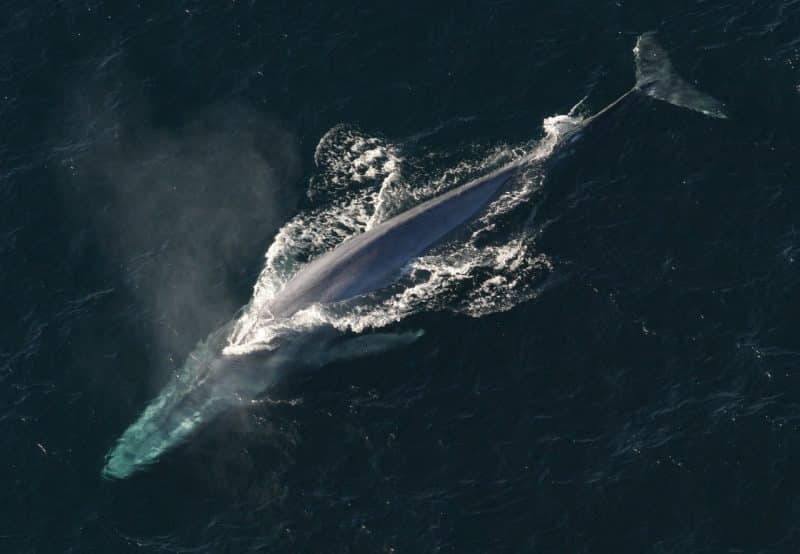
As the largest mammal on Earth, blue whales are an awe-inspiring sight. Unfortunately, their size and habitat also make them vulnerable to human interactions. Collisions with ships, entanglement in fishing gear, and disruptive noise pollution have all taken a toll on blue whale populations.
Humans must proactively reduce negative impacts when encountering blue whales in their natural habitat. It can include slowing down or altering ship routes, avoiding known blue whale feeding areas, and using quieter vessels near their habitats.
Additionally, supporting conservation and education initiatives can raise awareness about protecting these magnificent creatures for future generations.
Appreciating Their Contribution To Our Planet’s Ecosystems

The blue whale, the largest animal on our planet, plays an important role in maintaining the balance of the world’s ecosystem. As they feed on thousands of pounds of krill daily, they provide nutrients for other marine life and help control the population of certain species. Their large, powerful tails stir up the ocean’s waters, contributing to nutrient mixing and ultimately supporting the growth of phytoplankton.
Additionally, blue whales directly impact the economy of coastal communities as tourists travel from around the world to witness their majesty in their natural habitat. Appreciating their contribution to our planet’s ecosystems is crucial for the survival of the blue whale and the health and balance of our world’s oceans.
Learn more about How Big is a Blue Whale? Blue Whale Size Facts and Curiosities here.
Wrapping Up with The Loudest Animal
The blue whale is an incredible creature that must be respected and appreciated. Undoubtedly, the blue whale is one of the most impressive creatures on earth. Furthermore, not just for its loudness but its complexity and awesomeness overall. And yet, this species is still threatened by human activities such as hunting, pollution, and noise interference.
If we as a species want to preserve these beautiful creatures for generations to come, we must do our part in protecting them. It means avoiding excessive ocean noise so these whales can communicate freely without disturbance or danger. We owe it to ourselves and future generations to better care of our environment and protect the majestic blue whale and other wildlife from further harm.
Contact your local animal conservation group today to learn more about how you can help protect endangered species like the blue whale!
Next up:
- Largest Blue Whale In The World
- The Mantis Shrimp’s Powerful Punch in Action
- The Longest Blue Whale Ever Recorded
- Feral Cat Finds Comfort In A Tiny Home Built Just For Him In California - April 26, 2024
- Watch 5-Foot Lancehead Snake Set New Size Milestone - April 26, 2024
- Watch Rare Encounter: The Largest King Cobra in Action in Thailand - April 26, 2024

